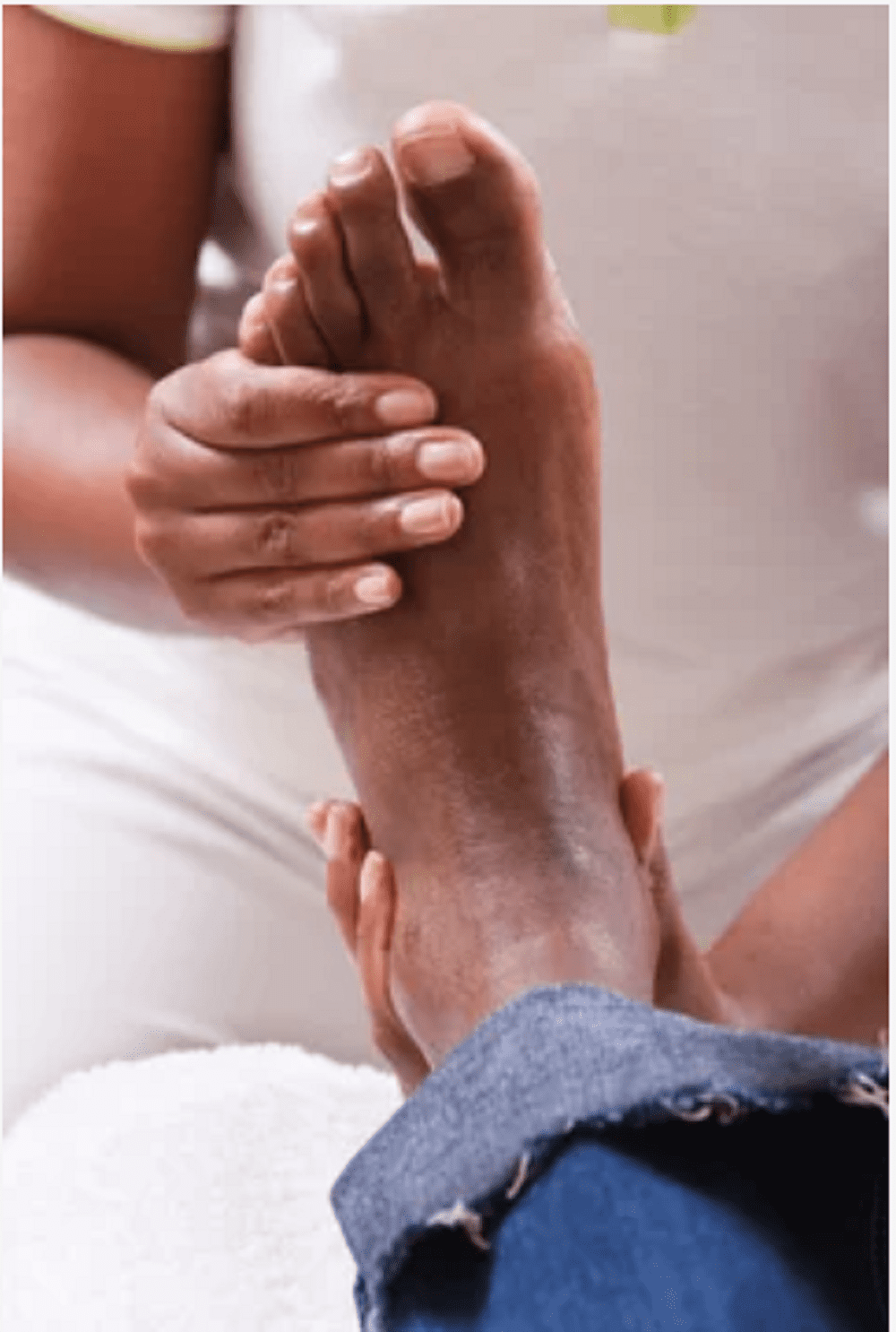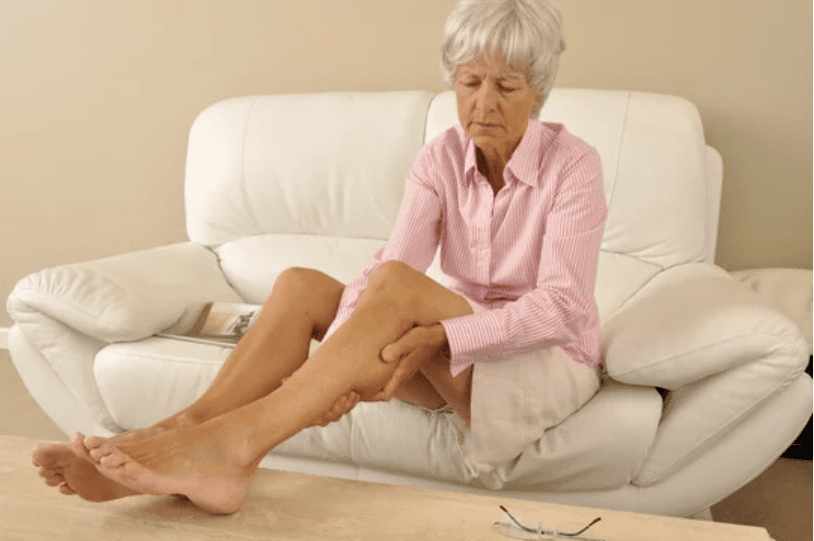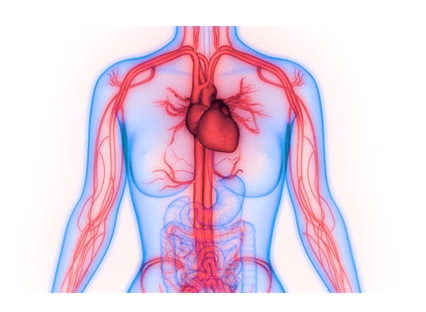
When Walking Hurts. Leg pain and what you can do about it.

Why do you have to suffer from leg aches while walking is meant to be healthy for you? What's the source of your leg ache when you're walking? Heavy-duty aerobic exercise — the type that makes you breathe hard and gets your pulse pumping — was formerly lauded by fitness gurus.
However, after a number of studies demonstrated that moderate physical activity is linked to decreased risks of heart disease, some cancers, and a variety of other disorders when done on a regular basis, the message was altered to moderation. Walking is frequently at the top of the moderate-intensity exercise list since it's simple, practical, and free, and it only takes a pair of comfortable shoes.
The problem is that not everyone finds walking easy. For many people, leg discomfort is excruciating. Forget about the recommended "brisk" speed of three to four miles per hour for health and fitness. A number of illnesses can cause leg discomfort after walking and make walking harder as people become older — and sometimes even without it. Some, like arthritis, which causes creaky knees and hips, are well-known; others, like peripheral artery disease, aren't.
Peripheral artery disease is a kind of atherosclerosis, which causes the majority of strokes and heart attacks. Plaque packed with fat and cholesterol narrows arteries, and blood clots can form on the plaque, further restricting them. The arteries that feed the leg muscles are usually the ones damaged by atherosclerosis in peripheral arterial disease. Smoking, high cholesterol, high blood pressure, and, notably, diabetes are risk factors similar to those for heart disease and stroke.
Cramping, tight discomfort in muscles "downstream" from the constricted artery is the most common symptom. It can affect the buttocks, thigh, calf, or foot, although the calf is the most common location. Walking causes the discomfort, which worsens until the individual stops walking and then goes away with rest.
Peripheral artery disease discomfort is generated by working muscle cells that are "starved" for oxygen due to restricted blood flow, similar to angina. Intermittent claudication, derived from the Latin claudicatio, meaning limping, is the medical word for this type of discomfort. However, many persons with peripheral artery disease have various types of discomfort. Their legs might be hefty at times, and they fatigue rapidly.
People frequently reduce their activity levels without recognizing it, which might disguise the problem.
A reduced pulse below the restricted artery, scrapes and bruises in the lower leg that don't heal, and pale and chilly skin are all signs of peripheral artery disease. The ankle-brachial index, which compares the blood pressure at the ankle to the blood pressure at the wrist, is commonly used to make the diagnosis.
Don’t continue to suffer. We WILL help.
We are just a call or click away. To learn more, book an appointment online or over the phone with PeachState Advanced Cardiac & Endovascular. We have several locations: Newnan, Atlanta, & Griffin.
You Might Also Enjoy...


Feeling Faint

Should I be worried about my numb feet?

Can leg cramps be a sign of something serious?

Meet Dr. Odiete - PACE Cardiovascular Specilaist


